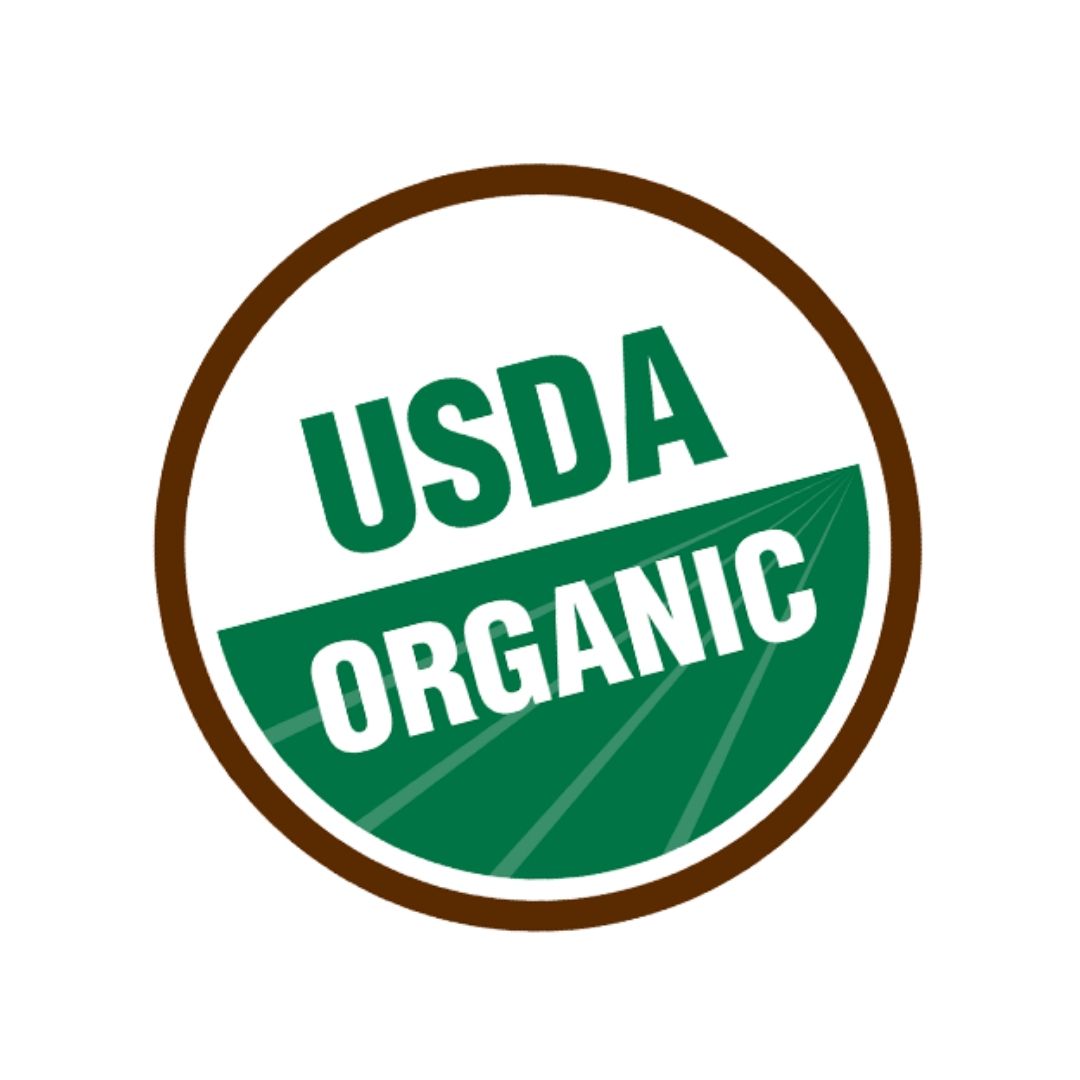July 24, 2014 – Modesto, CA
You can find a lot of information from ‘believers’ of the organic movement about the benefits of non-GMO and organic feed in raising your animals and of course, it sounds believable. It’s not hard to get behind concepts like less crowding, cleaner pens, natural foods, etc. But is there real evidence to back up the belief? Will my birds really be better off, with better growth and/or better eggs? How about my pigs, goats or dairy herd? You could say that believing in organic gives me a good cause and an intuitive confidence but regarding animal health and performance, I’d like some good data too. Wouldn’t you?
Of course, organic feed is only one of many elements that contribute to raising animals organically but it is a key element. When Troy Knoblock, a farmer who raises hogs in Iowa switched to non-GMO (not as good as Organic but closer – see our earlier blog on that topic) he didn’t think there would be much if any difference. In fact, he says, “We laughed about it.”
But he did see differences in the health of his sows and young hogs. Keeping extensive records of his operation, he noted that drug treatments for illnesses were cut in half, conception percentage rates increased from the 80s to the 90s and the size of the litters increased. Hmm
You’d think this news would have spread like wildfire but he says that, “an atmosphere of fear has been created that discourages farmers. It’s such a scare tactic,” he says. “Many farmers are afraid to try it.” In fact, two additional farmers like Troy described similar improvements but did not want their names revealed. Hmmmm (INFOWARS.COM, JUNE 15, 2014)
Now, I doubt there’s any conspiracy going on here. People get used to doing things a certain way in this business and changes like the organic movement brings aren’t adopted overnight. Nevertheless, as evidence mounts, organic feed makes more and more sense. Jordan Tate, CEO of Nature’s Way Feed asserts, “I’ve noticed a decline in mastitis issues from some of my clients’ cattle and goat herds, an increase in milk production as well as quality of milk. There is also better quality of eggs and poultry meat.”
You and I both know that many consumers prefer to buy organically produced eggs rather than inorganically produced eggs, due to the belief that organic eggs are larger. One recent study was conducted to verify the validity of this theory by comparing egg size in hens fed organically and inorganically; the intent being to allow producers to learn whether organic production is more effective than inorganic production.
The control group contained 140 hens and the experimental group contained ten hens. Eggs were collected every day. Eggs collected on Tuesday’s and Fridays were used for data. Eggs from each group were then weighed and averaged. The results showed that overall, on average; the organic eggs were 1.6 grams larger than the inorganic eggs. (http://animalsmart.org/docs/default-document-library/organic-poultry-production.pdf?sfvrsn=0)
In another study, on 140 slaughter-age birds randomly selected from seven organic and seven conventional flocks researchers measured five conventional animal-based welfare indicators (tonic immobility duration, latency-to-lie, and condition of the foot pad, hock, and breast).
The organically raised birds had better scores for hock condition and a longer latency-to-lie indicating better leg health. In addition, organic birds scored better on the aggregated welfare index (i.e. the average of the five standardized welfare indicators). Whatever the causes, the findings suggested that, despite a potentially elevated risk of immunological challenge, broiler chicken welfare is generally superior in organic farms as compared with conventional farms. (Animal Sciences, Institute for Agricultural and Fisheries Research, 9090, Melle, Belgium)
In a third study, the prevalence of fecal Salmonella and anti-microbial Salmonella was lower in certified-organic broiler chickens than in chickens that were conventionally raised, (Journal Foodborne Pathogens and Disease). The authors noted that “in consumers’ minds, organic foods appear to be a safer alternative to conventional poultry.” In performing this study, they wanted to determine whether that perception had any scientific basis.
The overall prevalence of Salmonella across all farms, sample types, and age group was 4.3% (13/300) in organic broiler farms compared to 28.8% (115/400) in conventional broiler farms. The study also revealed significant findings regarding anti-microbial resistant Salmonella. The authors reported 36 percent of conventional versus 25 percent of organic Salmonella samples were found to be resistant to streptomycin. Additionally, zero organic samples versus 39.7 percent of conventional samples had multidrug resistance to six antimicrobial agents: ampicillin-streptomycin-amoxicillin/clavulanic acid-cephalothin-ceftiofur-cefoxitin. (Food Safety News MARCH 29, 2011)
So now I don’t need to beat the ‘scientific study’ tom-tom too hard. All of us want to ‘do the right thing’ for our animals and for our customers or families. And now you have a little bit of good data to back up your ‘good feelings’ about the value of organic feed to your flocks and to their performance.
